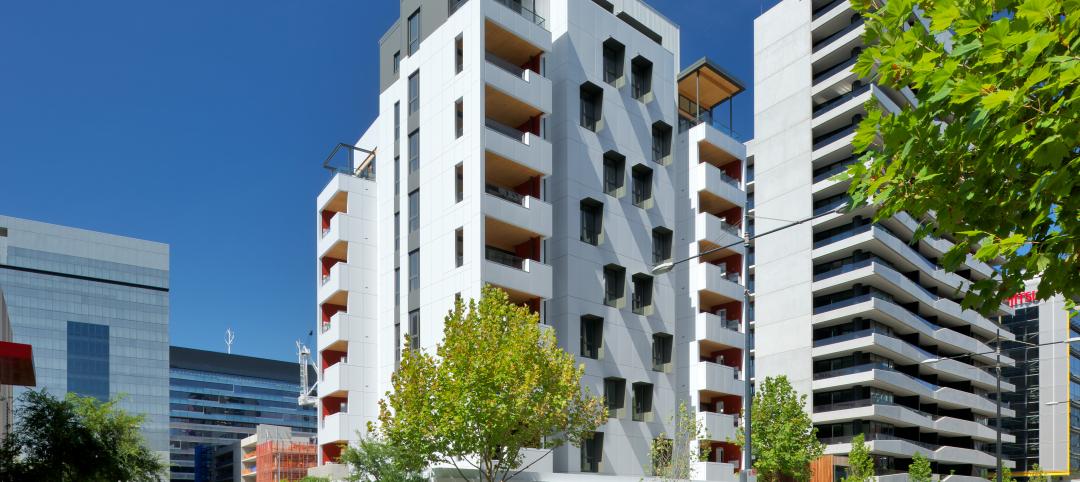A new metamaterial developed by a team of engineers at the University of Colorado Boulder has the ability to passively cool objects, even under direct sunlight.
The new material is a glass-polymer hybrid that measures 50 micrometers thick and reflects incoming solar energy while simultaneously allowing the surface it is applied to shed heat in the form of infrared thermal radiation, CU Boulder Today reports.
In order to accomplish the dual tasks of reflecting solar energy while also allowing infrared radiation to escape, the engineers embedded visibly-scattering but infrared-radiant glass microspheres into a polymer film. A thin silver coating was added underneath to achieve maximum spectral reflectance.
One of the researchers said through the addition of 10 to 20 sm of the material to a single-family rooftop, the house can be significantly cooled down in the summer. Because the metamaterial can be produced economically on rolls, applications can range from small single-family homes to large commercial projects.
Additionally, the glass-polymer hybrid can be used to improve the efficiency and lifetime of solar panels by preventing them from overheating, which reduces the ability to convert solar rays into electricity.
The next step for the researchers is to create a 200-sm “cooling farm” prototype this year while they wait to hear back regarding a patent.
Click here to read the original article and for images of the new material.
Related Stories
| Mar 20, 2014
13 dazzling wood building designs [slideshow]
From bold structural glulam designs to striking textured wall and ceiling schemes, these award-winning building projects showcase the design possibilities using wood.
| Mar 19, 2014
Federal agency gives thumbs up to tall wood buildings
USDA's support for wood projects includes training for AEC professionals and a wood high-rise design competition, to launch later this year.
| Mar 17, 2014
Rem Koolhaas explains China's plans for its 'ghost cities'
China's goal, according to Koolhaas, is to de-incentivize migration into already overcrowded cities.
| Mar 12, 2014
14 new ideas for doors and door hardware
From a high-tech classroom lockdown system to an impact-resistant wide-stile door line, BD+C editors present a collection of door and door hardware innovations.
| Mar 10, 2014
Meet Tally – the Revit app that calculates the environmental impact of building materials
Tally provides AEC professionals with insight into how materials-related decisions made during design influence a building’s overall ecological footprint.
| Mar 5, 2014
5 tile design trends for 2014
Beveled, geometric, and high-tech patterns are among the hot ceramic tile trends, say tile design experts.
| Mar 4, 2014
How EIFS came to America
Design experts from Hoffmann Architects offer a brief history of exterior insulation and finish systems in the U.S.
| Feb 27, 2014
12 facts about heat-treated glass: Why stronger isn’t always better
Glass is heat-treated for two reasons: the first is to increase its strength to resist external stresses such as wind and snow loads, or thermal loads caused by the sun’s energy. The second is to temper glass so that it meets safety glazing requirements defined by applicable codes or federal standards.
| Feb 27, 2014
Metal Construction Association introduces two Environmental Product Declarations
Two Environmental Product Declarations (EPD), one for Metal Composite Material Panels and one for Roll Formed Steel Panels for Roofs and Walls, are now available free of charge from the Metal Construction Association (MCA) on its website.
| Feb 24, 2014
White Paper: The science of color and light
This white paper from Benjamin Moore provides an overview of the properties of color and light, along with practical guidance on how the relationship between the two affects design choices.
















